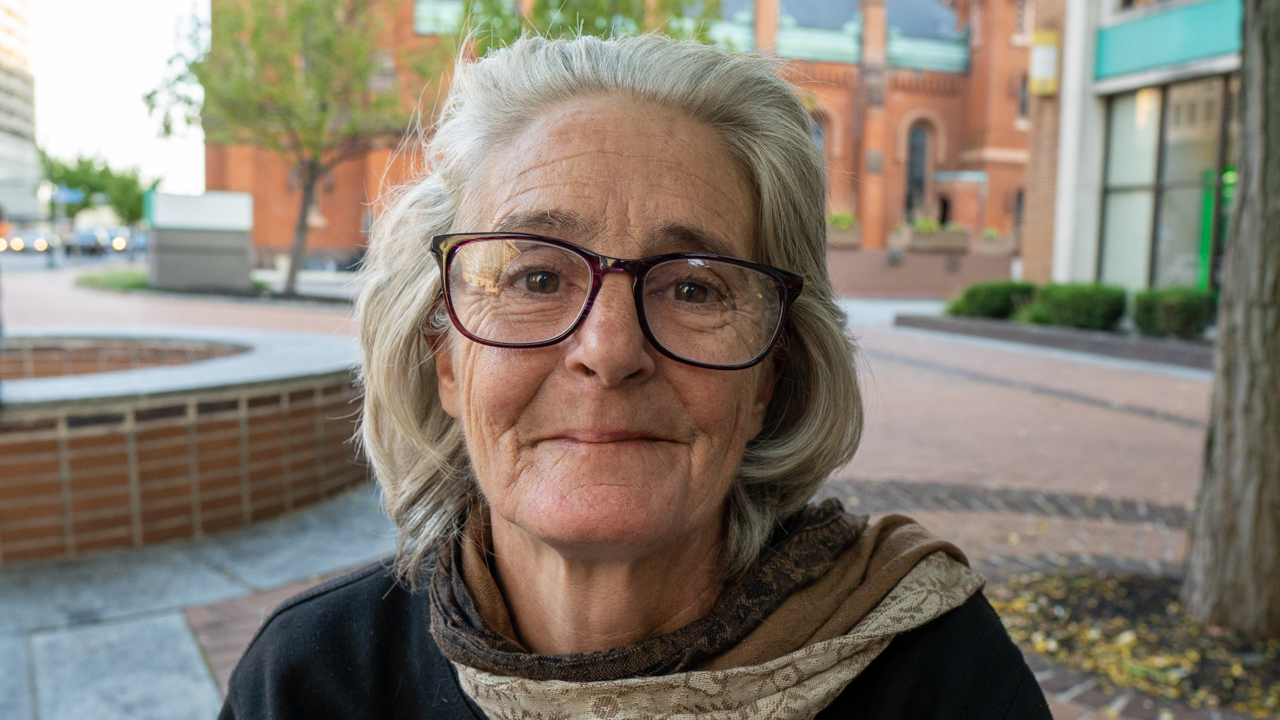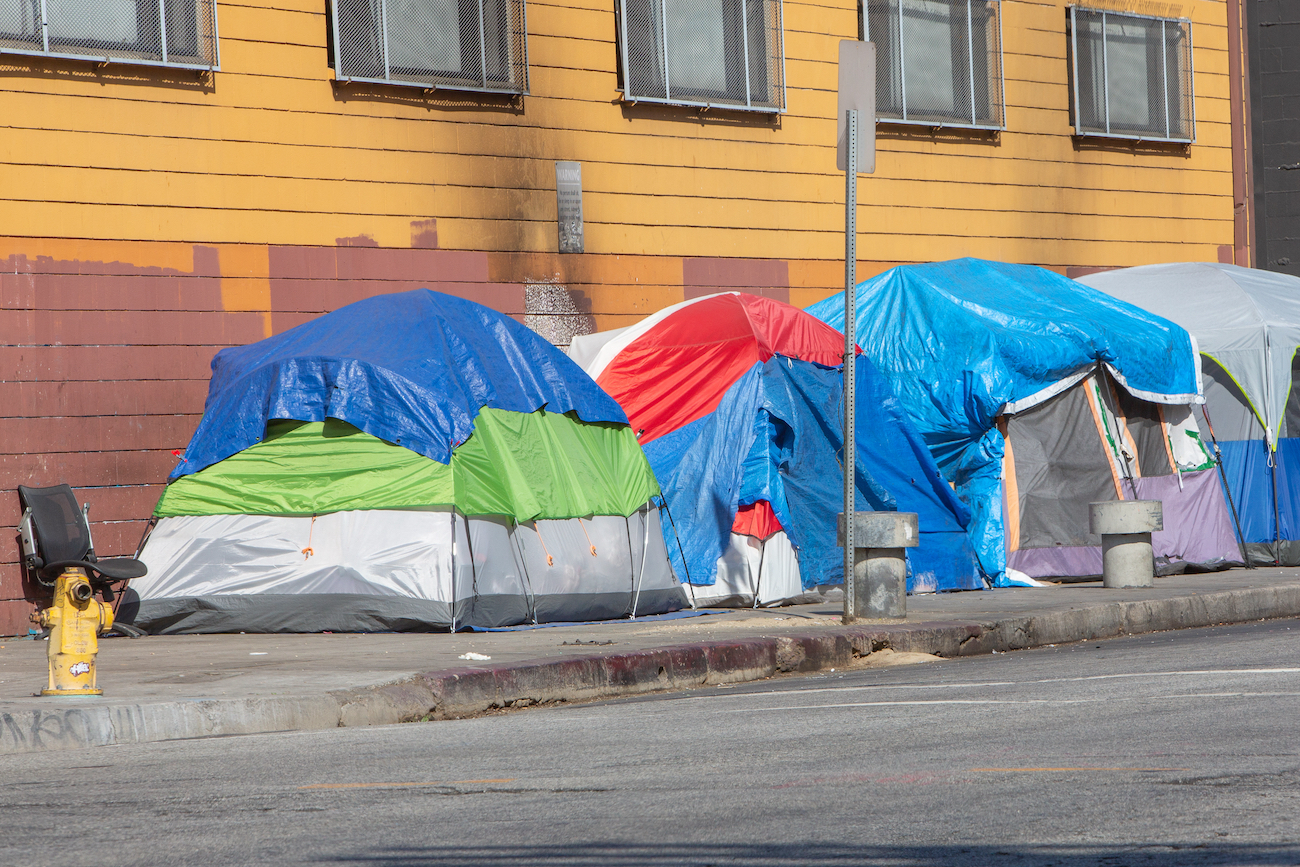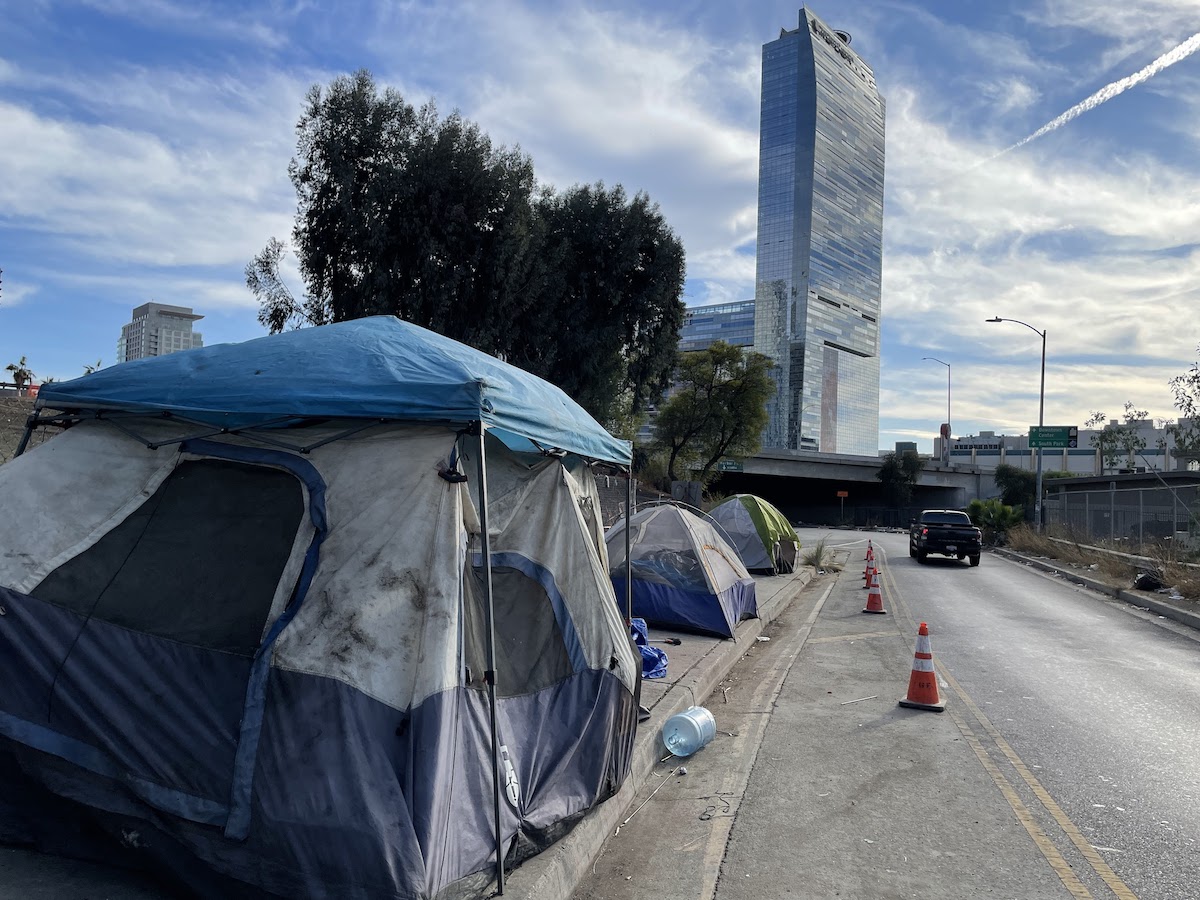|
7119 W. Sunset Blvd., #618, Los Angeles, CA 90046
|
|


Suburbia beckons many poor and working-class families with the promise of better schools, access to non-dead-end jobs and sanctuary from the looming threat of urban violence. But many suburbanites balk at the prospect of affordable housing in their midst.
They fear that when poor people move next door, crime, drugs, blight, bad public schools and higher taxes inevitably follow. They worry that the value of their homes will fall and the image of their town will suffer. It does not help that the poor are disproportionately Black and Latino. The added racial element adds to the opposition that often emerges in response to initiatives designed to help poor families move to suburbs from inner cities.”
David Kirp, "Here Comes the Neighborhood", 2013
Neighborhoods are aspirational. When we think about where we want to live, we’re not just imagining a house or apartment, but a place where we can make a life. To understand views on housing, it helps to look at how people view their neighborhood, and how they want it to look in the future. The most common descriptors the public used for their neighborhoods were words like “middle-class,” “safe,” and “nice.” Only one quarter of people described their neighborhood as “affordable.”
When looking toward the future, two concerns rose to the top: safety and affordability. The latter offers an opportunity for advocates to bridge the gap between discussions of homelessness and housing, and to bridge the divide between housed people and their homeless neighbors.
Diversity, both racial and economic, was a low priority. While justice demands that diversity and desegregation remain a priority in policymaking, appeals based on diversity may not be the best way to message policy changes to the general public.
qN3: Which of the following words or phrases would you use to describe the neighborhood you currently live in?
qN5: Thinking about the future of your neighborhood, what kind of neighborhood do you want to live in? Select up to three of the following priorities that you think are most important for the future of your neighborhood.
Public preferences around types of housing show the dream of owner-occupied single-family homes remains appealing to the public. Despite concerns about affordability, it seems that many people want to live in neighborhoods where these homes predominate. In comparison to both apartments and single-family home rentals, there’s a clear preference for a traditional vision of the American Dream of home-ownership.
It’s easy to see how this creates an issue for advocates of any kind of shelter or housing for homeless people, as these projects don’t necessarily fit into that vision.
On a more positive note, the public is comparatively more supportive of rental units that include affordability requirements than other types of rental housing. This provides an opportunity for housing advocates, as it suggests affordability in and of itself can be a major selling point for projects aimed at providing new affordable units.
qN4: Thinking about the future of your neighborhood, how much of each of the following types of housing would you want your neighborhood to have?
 Given the preference for owner-occupied single-family home neighborhoods, it’s unsurprising that homeowners are viewed much more positively than other participants in the world of housing. In contrast, renters are viewed more negatively. As with the preference for single-family homes, this preference for homeowners over tenants creates barriers to building new housing for homeless people, and to affordable housing in general. This view of homeowners as the most legitimate neighborhood stakeholders gives outsized weight to their comparatively conservative views on homelessness.
Given the preference for owner-occupied single-family home neighborhoods, it’s unsurprising that homeowners are viewed much more positively than other participants in the world of housing. In contrast, renters are viewed more negatively. As with the preference for single-family homes, this preference for homeowners over tenants creates barriers to building new housing for homeless people, and to affordable housing in general. This view of homeowners as the most legitimate neighborhood stakeholders gives outsized weight to their comparatively conservative views on homelessness.
Negative views of public officials and real estate developers add to this dilemma, as their involvement in new housing can be leveraged against those projects.
qN6: Below are a few different types of people or organizations that are involved in housing. How positive or negative are your attitudes toward each of the following?
The strong public preference for single-family homeowners can give their views an outsized weight in political discussions. Unfortunately, their views are often at crosspurposes to those of advocates. Compared to renters, homeowners have more negative views of housing and shelter projects.
In their own neighborhoods, homeowners are about twice as likely to oppose shelter or housing when compared to renters, and significantly less supportive (though a slim majority say they support these projects).
More specifically, owners expressed much stronger concerns about crime and property values, and were more likely to believe that shelter and housing should be located in cheaper, non-residential areas. These location-specific concerns help to explain the gap between broad public support for projects and the strong opposition they often face.
These are also messages that advocates need to be prepared to counter as they fight to site projects in the face of neighborhood opposition, which is often led by organized homeowner groups.
By home ownership
By home ownership
Homeowners vs. renters
Homeless housing / shelters...
QA17: If there was a plan to build a homeless housing project with on-site services in your neighborhood, would you support or oppose that plan?
QA18: If there was a plan to build a homeless shelter in your neighborhood, would you support or oppose that plan?
qA21: How much do you agree or disagree with the following statements about housing and shelters for homeless people?
“Not In My Backyard” sentiment (NIMBYism) plays an important role in the politics of homelessness, driving neighborhood-level resistance that can disrupt or kill important projects. While people may be supportive of housing and shelter in the abstract, when it comes to their own neighborhood they express more ambivalence. This difference is especially apparent among homeowners, who are roughly as likely as renters to support projects in the abstract, but are much less likely than renters to support those projects in their own neighborhoods. This plays out in the real world, as ballot measures that increase taxes to fund homelessness pass with clear majorities, but the projects they fund often face fierce opposition at the neighborhood level.
By home ownership
By home ownership
qA15: Below are a few policies that local governments might implement to address homelessness. For each policy below, please indicate how much you support that policy.
qA17: If there was a plan to build housing for homeless people with on-site services in your neighborhood, would you support or oppose that plan?
qA18: If there was a plan to build a homeless shelter in your neighborhood, would you support or oppose that plan?
Homeowners are also differentiated from renters in their views on crime and policing. More homeowners trust police as a compassionate response to homelessness, and are more likely to view involvement with the criminal justice system as an entry point for services. They also have more concerns about the price of permanent housing as a solution to homelessness.
These attitudes are also expressed through policy positions. Homeowners are more likely to support harsher criminal laws, increased policing, and forcing people to take shelter.
Homeowners vs. renters
Homeowners vs. renters
QA17: If there was a plan to build a homeless housing project with on-site services in your neighborhood, would you support or oppose that plan?
QA18: If there was a plan to build a homeless shelter in your neighborhood, would you support or oppose that plan?
Local neighborhood opposition is a major barrier facing cities when they attempt to site shelter or housing. Most often, it seems that this pushback is led by homeowners’ associations (HOAs). News accounts frame these stories as battles between aggrieved residents and uncaring city officials. Examples include:

Tactics used by HOAs in other cities across the country include lawsuits, protests, and recall campaigns against local officials. Residents go beyond the usual rhetoric about safety, citing more creative concerns about traffic, the environment, and building size as reasons to oppose projects.
Homeowners are held in high esteem by politicians and others, and are often highly organized. Moreover, homeowner organizations are often the voices most directly engaging local residents on the issue of homelessness. HOAs are your neighbors, not a distant public official or unfamiliar nonprofit organization. For advocates, service providers, and politicians, overcoming this barrier requires cultivating community support and finding ways to uplift the voices of more supportive neighbors. While fact sheets and townhalls are an important part of this, engagement must go deeper. While some residents will always oppose these projects, building in-neighborhood relationships provides opportunities to dispel myths about homelessness authentically and speak to how housing and shelter can address neighbors’ concerns about safety and sanitation.